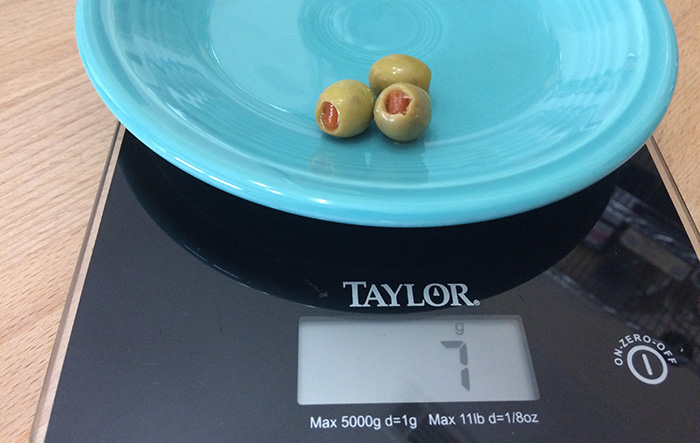
There’s been a flood of commentary on the EAT-Lancet Commission’s report in the general media, conventional health, and ancestral communities over the past week.
I’ve not had time this week to round up everything worth sharing about the commission’s report and ongoing work, though some of the talking points presented (via the media, and the dietary recommendations released) are certainly worth noting.
From a Guardian article posted 17 January 2019 (emphasis mine) –
A complete overhaul of what we eat may be the only way to meet the needs of a planet in crisis. So what’s on – and off – the menu?
The world faces many challenges over the coming decades, but one of the most significant will be how to feed its expanding global population. By 2050, there will be about 10 billion of us, and how to feed us all, healthily and from sustainable food sources, is something that is already being looked at. The Norway-based thinktank (sic) Eat and the British journal the Lancet have teamed up to commission an in-depth, worldwide study, which launches at 35 different locations around the world today, into what it would take to solve this problem – and the ambition is huge.
The commissioners lay out important caveats. Their solution is contingent on global efforts to stabilise population growth, the achievement of the goals laid out in the Paris Agreement on climate change and stemming worldwide changes in land use, among other things. But they are clear that it depends on far more than just these basic requirements. The initial report presents a flexible daily diet for all food groups based on the best health science, which also limits the impact of food production on the planet...
7 Grams You Say???
The article goes on to ponder what the plan would allow the typical Brit to consume; one point of interest to the author (and Mark Sisson at Mark’s Daily Apple as well) is the suggested limit of 7 grams of red meat per day (the allowable range is listed as a whopping 0-14 grams).
Just for grins, I thought it might be notable to see what 7 grams of food might actually look like.
Seven grams of red meat is so tiny it’s all but impossible to creatively capture in a simple, single image, hence the use of small (about the size of my little finger nail) salad olives above – three of which weigh right at 7 grams.
Impressive.
Some Further Reading to Do After Enjoying Your Steak Tonight…
By all means read the full article linked in the Guardian above as an example of recent media coverage.
Here’s the EAT-Lancet Commission on Food, Planet, Health site. For the inquisitive, there are a series of “Briefs” posted at the bottom of the landing page.
Here’s the EAT-Lancet Commission Hub page at The Lancet.
There have been a plethora of spirited responses to the guidelines across a broad spectrum of perspectives, one particularly insightful one from an ancestral health angle is this one from Diana Rogers, RD at Sustainable Dish – 20 Ways EAT Lancet’s Global Diet is Wrongfully Vilifying Meat.
More to come (getting a big project put to bed this week…).
Enjoy that steak tonight, even if you chew up (literally and figuratively) an entire year’s EAT-Lancet allotment of red meat in one meal.


